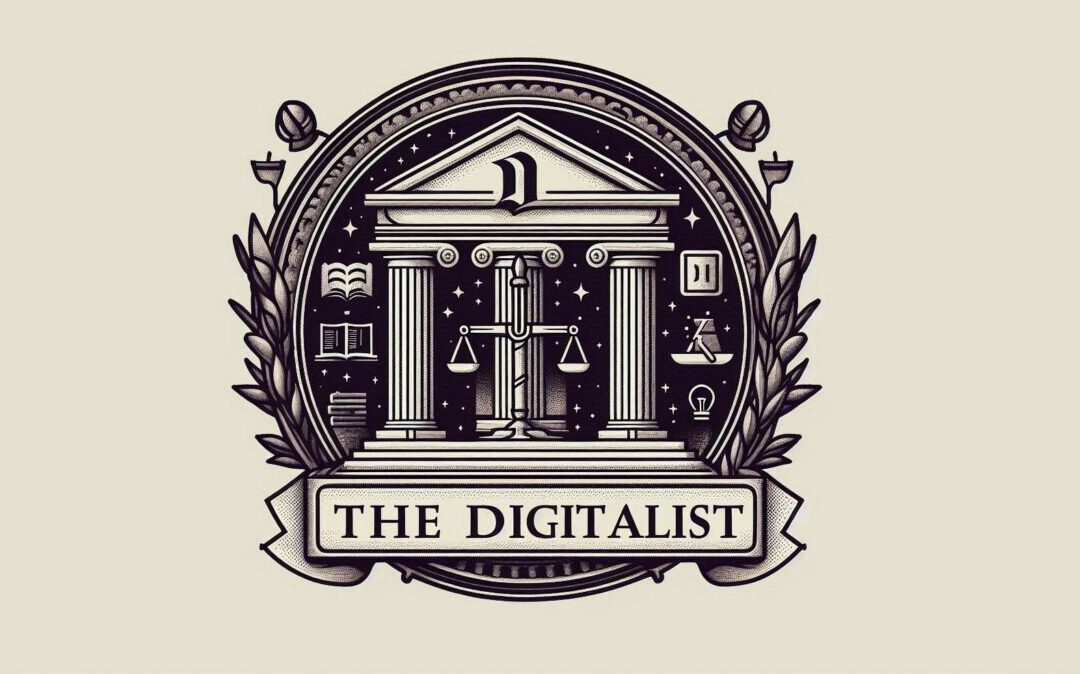
by Admin | Apr 17, 2025 | Articles, Volume 30
The author concludes the volume with an ambitious agenda for the future, envisioning a society in 2050 where AI has been broadly beneficial. He outlines grand challenges across the AI pipeline, emphasizing ethical development to maintain democratic integrity and...

by Admin | Apr 17, 2025 | Articles, Volume 30
The authors emphasize the importance of broad access and individual agency in realizing AI’s potential benefits. They compare AI to GPS technology and propose strategies to develop equitable and inclusive AI systems that build societal trust and deliver benefits to...

by Admin | Apr 17, 2025 | Articles, Volume 30
The authors advocate for an inclusive, participatory framework that integrates diverse perspectives and fosters collaboration between technology and human society. They emphasize the importance of ecological and religious considerations in shaping a balanced future,...

by Admin | Apr 17, 2025 | Articles, Volume 30
As people come to rely on AI tools to answer questions, they will likely use those tools to answer political questions as well. The answers that the AI companies choose to provide, the author argues, may thus subtly but substantially influence public attitudes and,...

by Admin | Apr 17, 2025 | Articles, Volume 30
Undue panic over AI could harm democracy more than AI itself. The author suggests that exaggerating AI’s effects might undermine trust in all media, posing a greater threat than isolated disinformation incidents. He concludes that a democratic future for AI requires...

by Admin | Apr 17, 2025 | Articles, Volume 30
The author argues that law and regulation have never diagnosed and prevented social, political, and economic ills of new technology. AI is no different. AI regulation poses a greater threat to democracy than AI, as governments are anxious to use regulation to censor...







